Akai Pro MPK61 61-Key MIDI Controller Keyboard Specifications:
- Number of Keys: 61 + 16 x 4 banks of drum pads
- Type of action: Semi-weighted
- Aftertouch (Channel)
- Computer Interface: USB/MIDI
- Displays: Custom LCD
- Footswitchable Patch Changes: yes
- Number of Independent MIDI Ins/Outs: 1
- Programmable Continuous Footpedals: 1
- Programmable Footswitches: 1
- Programmable controllers: MMC, MIDI START/STOP, MIDI CC
- System Real-Time Controls: MMC, MIDI START/STOP, MIDI CC
- Includes:
– MPK61 controller
– USB cable
– Software CD
– Quick start guide - Power Supply: USB Cable (Included) OR Akai MP6 Power Supply (Not Included – only required if using Akai MPK-61 without a computer).
- Dimensions and Weight in Packaging
- Base Item
- Shipping Weight: 26 lbs
- Shipping Dimensions: 12 x 10 x 3 in
You must be logged in to post a review.
Related products
-
beyerdynamic Headphone Amplifier A20
₹25,000.00Add to cart- Frequency range / T.H.D. 10 Hz – 100 kHz (-1 dB) / 0.01 % at 170 mW / 250 Ω
- Maximum output power / Unweighted signal-to-noise ratio 170 mW / 250 Ω / > 100 dB (unweighted)
- Analog inputs / outputs 1 pair RCA / 1 pair RCA / Channel separation > 80 dB at 1 kHz / 250 Ω
- Headphone outputs 2 stereo jack outputs 6.35 mm (1/4″) in parallel mode
- No returns on sealed products if Seal is opened. Partial refund (may be around 30% to 50%) if returned product have signs of use / scratches / or packing is damaged. We sell such open box products @50% of street price. All charges will also be deducted.
-
Focal Solo 6 (each)
₹175,605.00Original price was: ₹175,605.00.₹158,045.00Current price is: ₹158,045.00.Add to cartPERFORMANCE AND FEATURES
2-WAY MONITOR
Made in France, Solo6 is a 2-way monitor offering unrivalled transparency, definition control, dynamics and soundstage precision.
Thanks to its full-range Focus Mode, Solo6 forms two monitors in one, preserving the sweet spot during the mix, saving space on the console and simplifying cabling and monitor changes.
In terms of technologies and performance, Solo6 boasts an inverted dome Beryllium tweeter with an ‘M’-shaped protective grille, and a woofer with a ‘W’-shaped cone, as well as a frequency range of up to 10 kHz, specially designed for the Focus Mode. All this on top of Focal’s patented Tuned Mass Damper (TMD) technology, which reduces distortion in the 1kHz – 3kHz frequency range by 50%, as well as a high-pass crossover, a disengageable automatic standby mode and a 160Hz crossover for reflections from consoles – making Solo6 an industry-leading monitor.
Finally, to enjoy immersive listening experiences with Dolby Atmos® and Sony 360RA® installations, Solo6 includes inserts for attaching it to the wall and ceiling. -
Yamaha CBR15 (Single) 15″ 2-way Passive Speaker
₹44,000.00Original price was: ₹44,000.00.₹33,000.00Current price is: ₹33,000.00.Add to cartBrand Name YAMAHA Speaker Type Bookshelf Colour Name Black Peak Power Handling – Speakers 1000 Watts Sensitivity (db) 96 dB RMS Power Range – Amplifiers 500 Watts Product Dimensions 45.5 x 37.8 x 70 cm; 17.7 Kilograms Item model number CBR15 Manufacturer Yamaha Country of Origin Malaysia Item Weight 17 kg 700 g -
IK Multimedia iRig Mic
₹7,999.00Original price was: ₹7,999.00.₹6,250.00Current price is: ₹6,250.00.Add to cart- Ideal for all vocal applications from singing to speech
- Great for all types of sound recording or processing in music or any other audio application
- Quality condenser-electret unidirectional capsule
- Dual mini-jack connector allows real-time monitoring on headphones, speakers, mixers, PAs
- Comes with apps for singers and songwriters


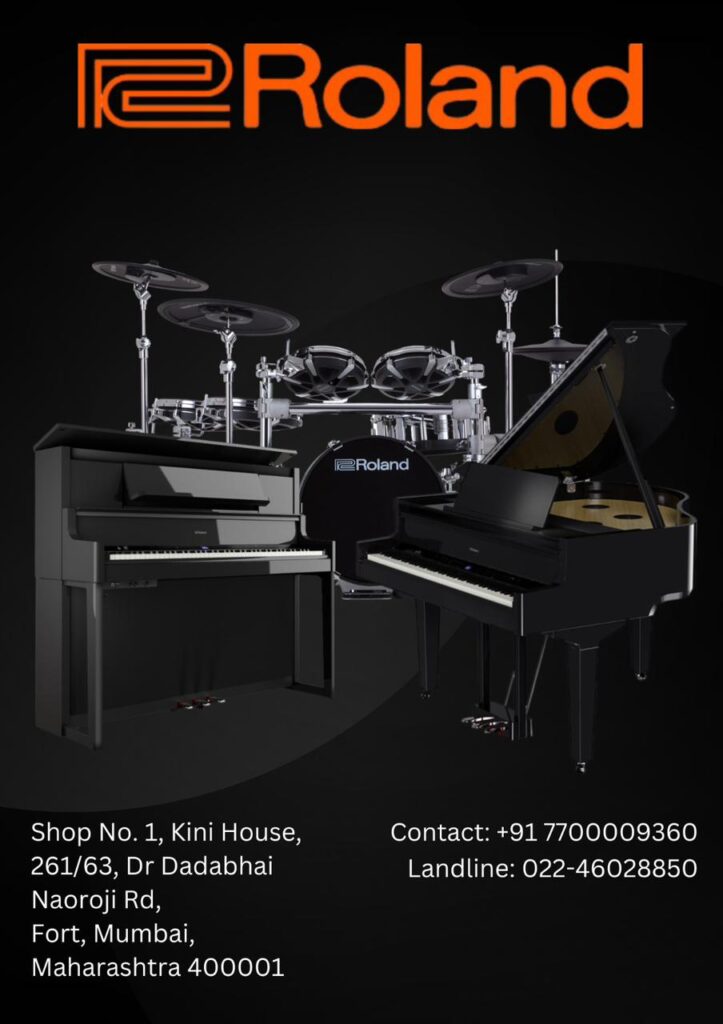
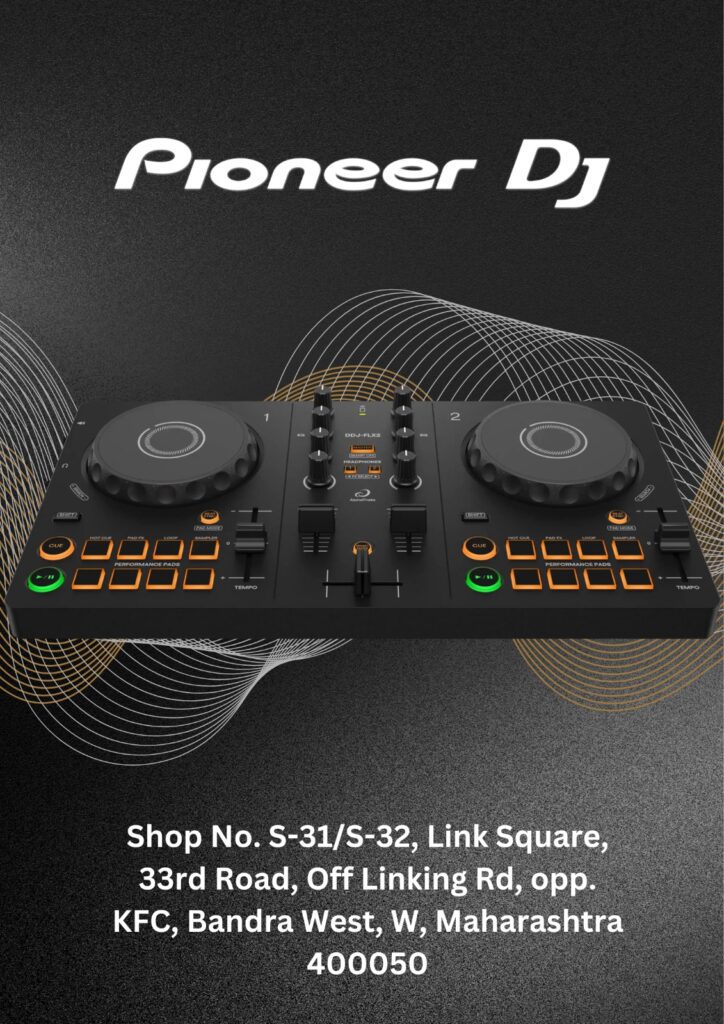


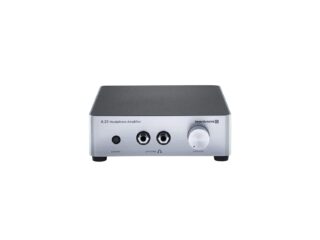
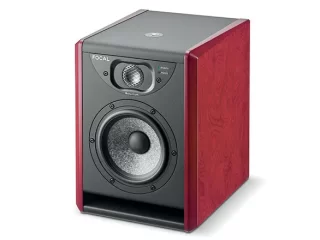
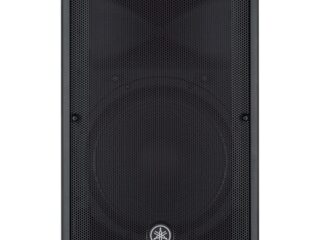

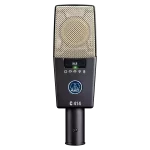
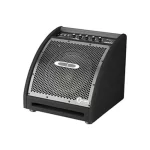
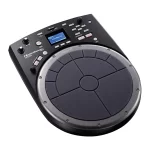
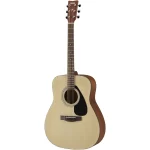
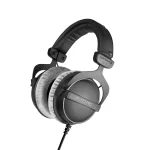
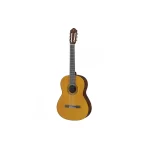

Reviews
There are no reviews yet.